Inflation has been the spectre haunting the global economy for over a year now. Fuelled initially by global events such as the Ukraine invasion, Brexit and the Suez canal traffic jam, there are signs that it is beginning to retreat. The problem for Ireland is that it's falling more slowly here than in the rest of the EU.
Our energy costs are still among the highest in Europe, while the cost of food and groceries has increased massively over the last twelve months or so. Is this simply the result of inflation or is there something more at play here?
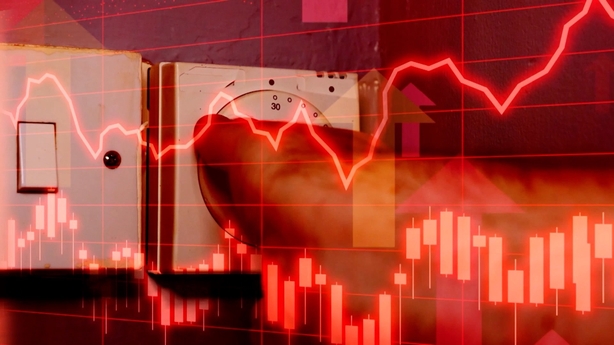
Fingal in north county Dublin is the traditional bread basket of Ireland. With acres of young wheat shimmering in one field and spring lambs gambolling in another, Dr Fiona Thorne’s farm is a bucolic tapestry of the origins of the food we eat every day. What ends up in neat packages on our supermarket shelves begins here, though some of the price increases at the checkout have their origins further back along the chain. Dr. Thorne says that in agricultural economics, they usually talk about the three Fs; fertiliser, feed and fuel. All three, she says, have seen significant increases in the past eighteen months, exacerbated significantly by the war in Ukraine which pushed the price of the gas used in the making of the fertiliser, the grain in the feed and the cost of fuel involved at all stages from farm to shop.
The price increases of our staple foods are well encapsulated in that staple of the Irish deli counter, the chicken fillet roll. The deli manager in one Dublin shop told Prime Time that the cost of a simple chicken fillet roll with butter, lettuce and mayonnaise has gone up from €3.99 just over a year ago to €5.20 today – a 30% rise that, Dr. Thorne explains, is fuelled by the price rises of the individual ingredients.
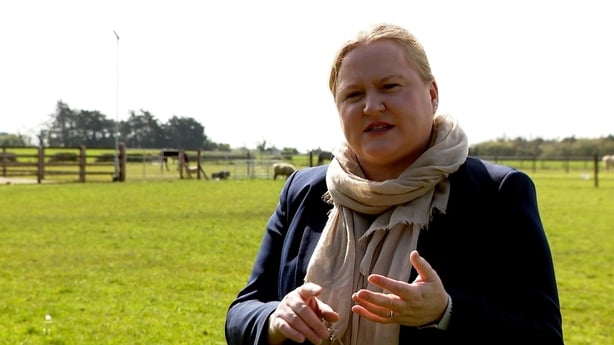
"If you take the bread okay, we know that there was a significant increase in cereal prices last year and that fed its way through into the price of the bread. There were significant increases in the feed for producing that chicken. Putting the butter or the mayonnaise onto the chicken fillet roll, again, oil and fats went through the roof in the last 18 months because of Ukraine being the area within Europe and internationally which produces sunflower oil. So, significant increases then. And then if you put the bit of lettuce on the chicken fillet roll in the last two or three months, we saw significant volatility in supplies of some of those vegetable and salads coming into the country."
Scrutiny of the soaring prices has produced a new portmanteau word for our collection: "Greedflation". Both the IMF and the European Central Bank have issued warnings in recent months, regarding the profits of companies and the pass through of higher costs to higher consumer prices. So, what exactly do they mean?
Conor Pope is consumer affairs correspondent and editor of Pricewatch with the Irish Times. His definition of greedflation is "essentially where a company will increase its prices at a time of inflation, unnecessarily in order to maximise its profits", adding that a company will use a cloud of confusion to increase its prices at a time of inflation because it knows it will get away with it. While it’s difficult to nail down exactly what companies are doing it, he told Prime Time it appears to be a global phenomenon, with corporations making extraordinarily high profits at a time when their margins should be squeezed.
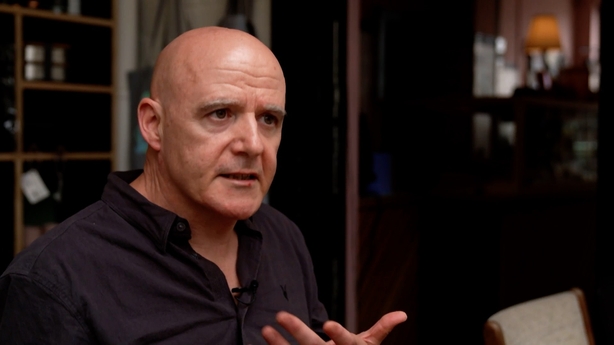
There is no shortage of examples of prices increasing far beyond the rate of inflation. Using data from December 2021, we were able to cross check the prices from one supermarket then against the prices from the same supermarket now.
In some cases, there are significant increases.
A kilo of frozen Garden Peas is up 55%. A pound of own-brand Irish butter is also up 55%. Sixteen rolls of toilet paper up by 43%. And while there are some items, such as a kilo and-a-half of Irish porridge, where there is no price change, some products have increased prices for a smaller amount. A pack of chicken mini-fillets has increased in price by 17%, but the amount of chicken in the pack has shrunk from 350g to 284g.
Conor Pope says that some of these price increases are very difficult to explain. The CSO puts the rate of food inflation at 13.5%, with retail analysts Kantar putting grocery price inflation at 17%. Many of the prices tracked by Pricewatch have increased above and beyond both of these rates, particularly frozen foods, dairy and cereals. Conor Pope tells us that "the terrible thing is that these grocery price increases disproportionately impact people on lower incomes, because people who are on lower incomes spend a higher percentage of their income on food and on essentials."
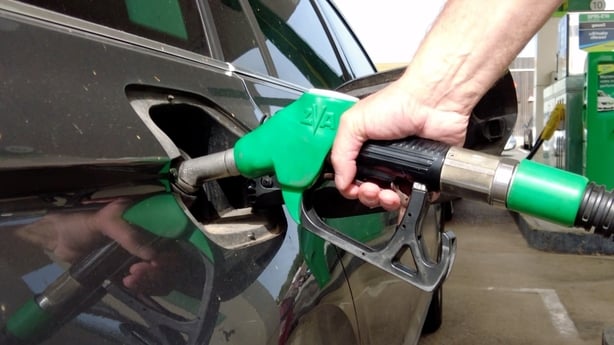
Along with fuel prices, food commodity prices have dropped in recent months, though customers are yet to see the benefit.
Dr. Fiona Thorne explains that these agricultural commodity prices haven’t worked their way through to the food retail prices. "If we think about cereals that's produced here in this country to make the bread that you see on the supermarket shelf, those cereals, that wheat and barley and oats that's only harvested at one time during the year. It's harvested in August, September time. So, the farmers have been paid for that. And that price of the loaf of bread that you're consuming today is based off a price that we saw last September. The farmers will go out and harvest the grain again this September. And the forward prices that we see in the futures market at the moment are down about 20 or 30% compared to what we saw last September."
The concern now is whether what has gone up will ever really come down. Dr. Shaw says that agricultural prices that go up easily are often "sticky on the way down". She believes that higher food prices may be with us for some time yet.
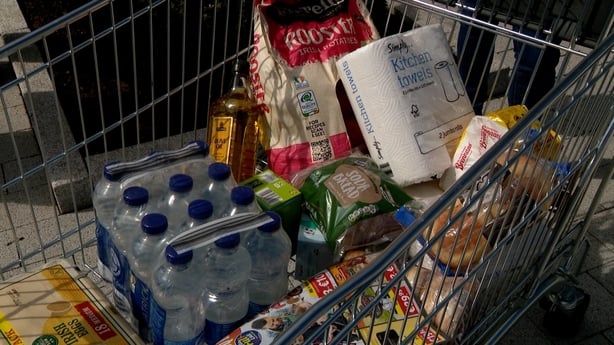
Conor Pope agrees: "The thing that's absolutely certain is that the era of cheap food is over. Now, when we talk about the easing of inflation, that does not mean we're going to be entering a deflationary period. So I think anybody who's hoping that the price of food will fall significantly. It's really wishful thinking."






